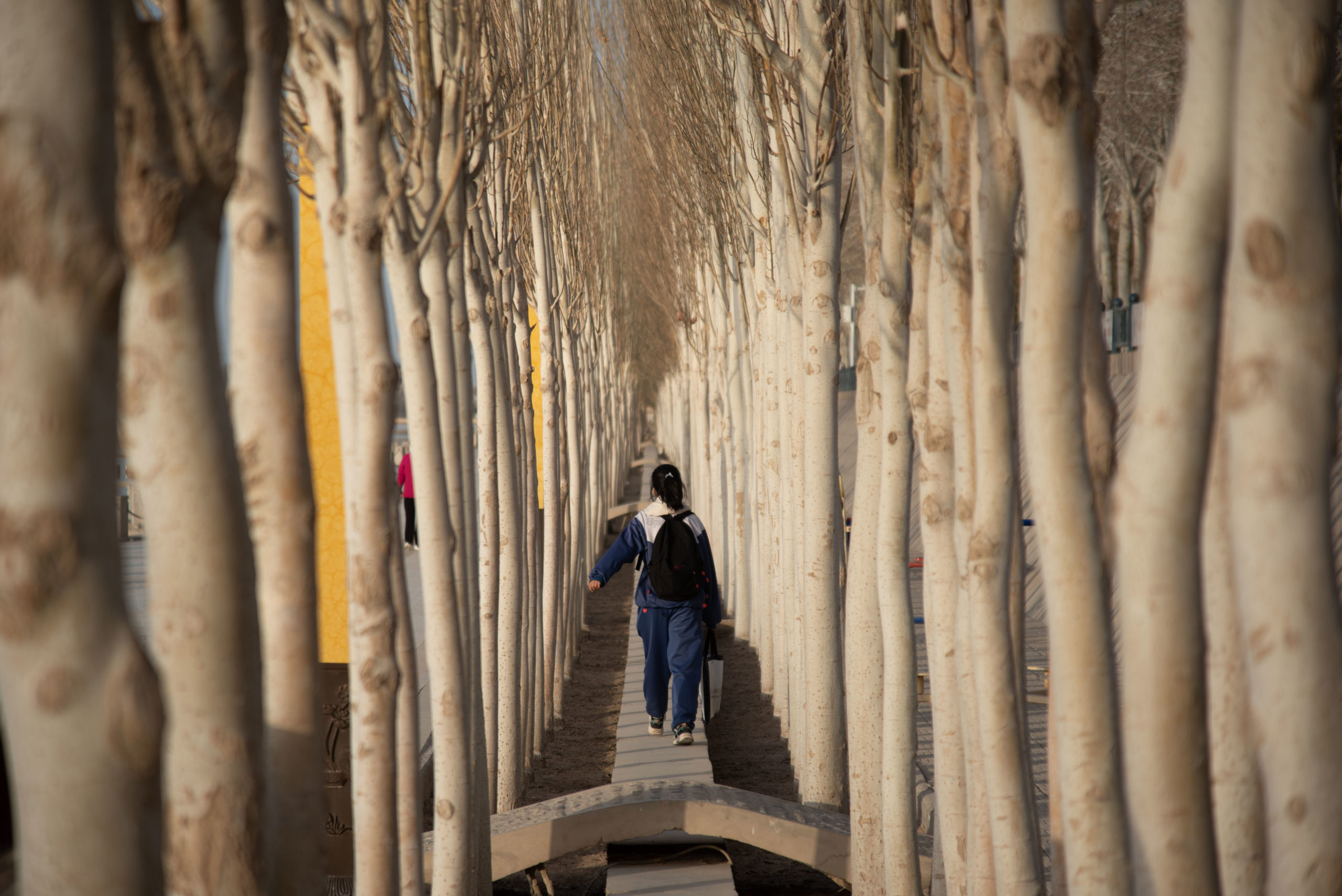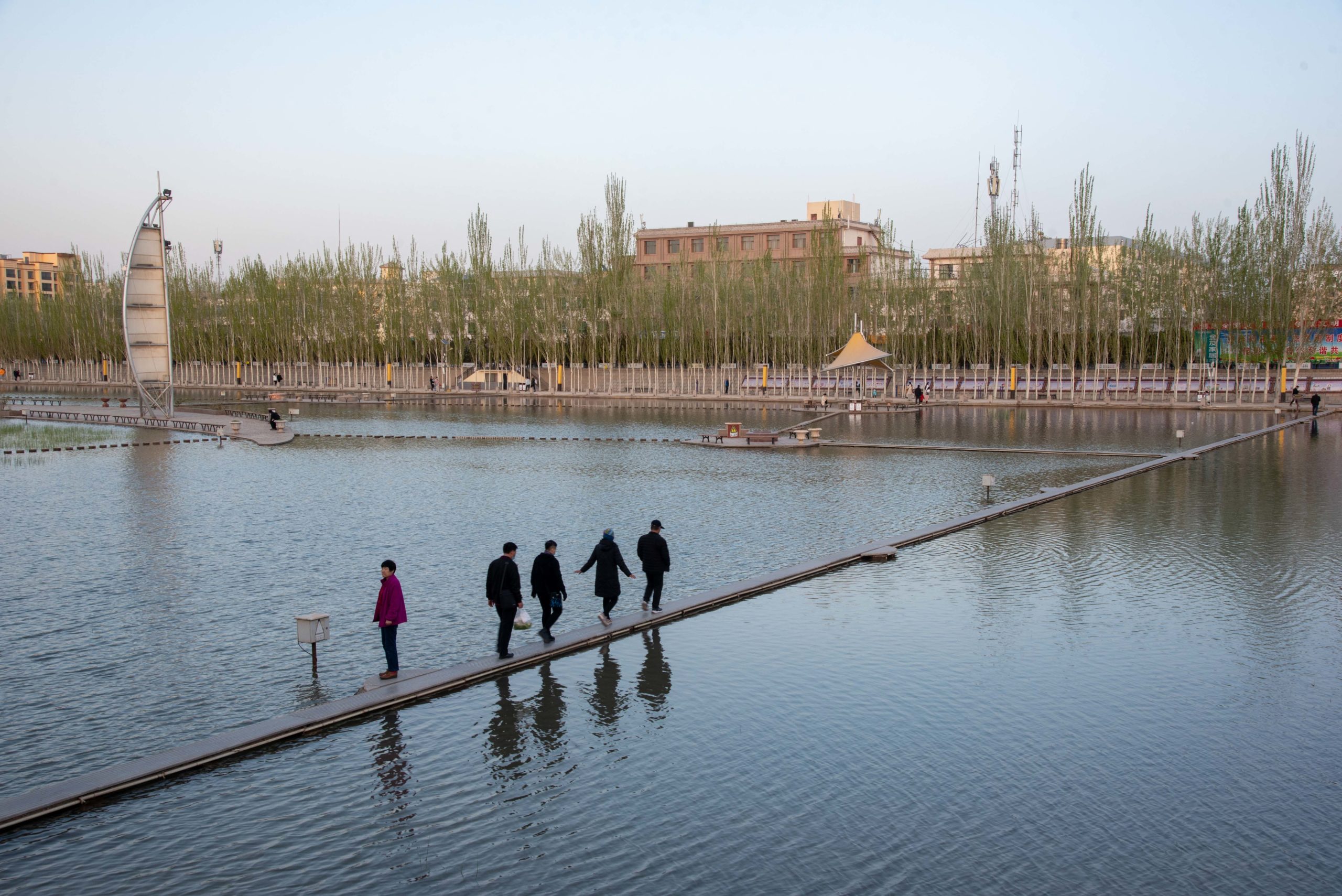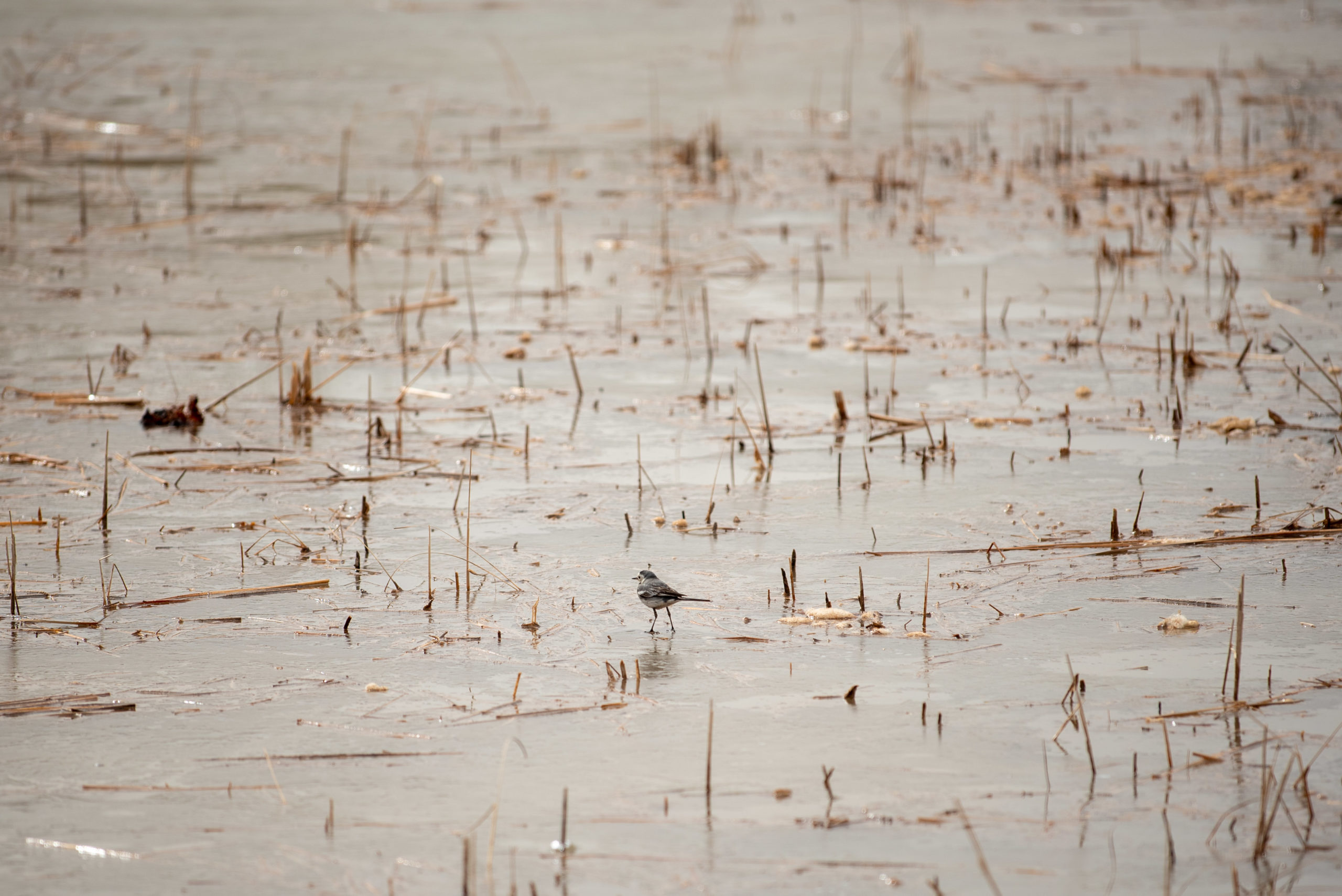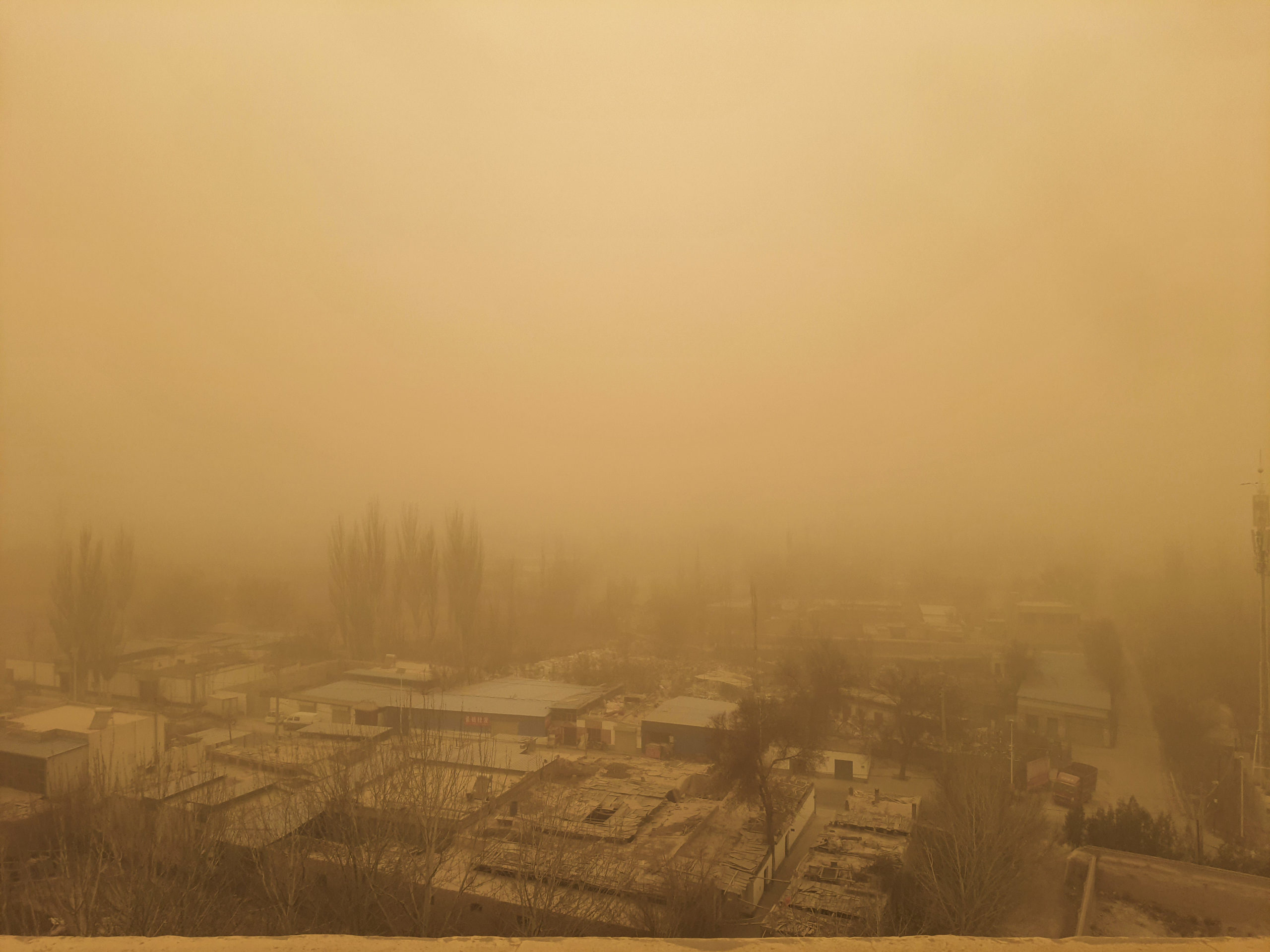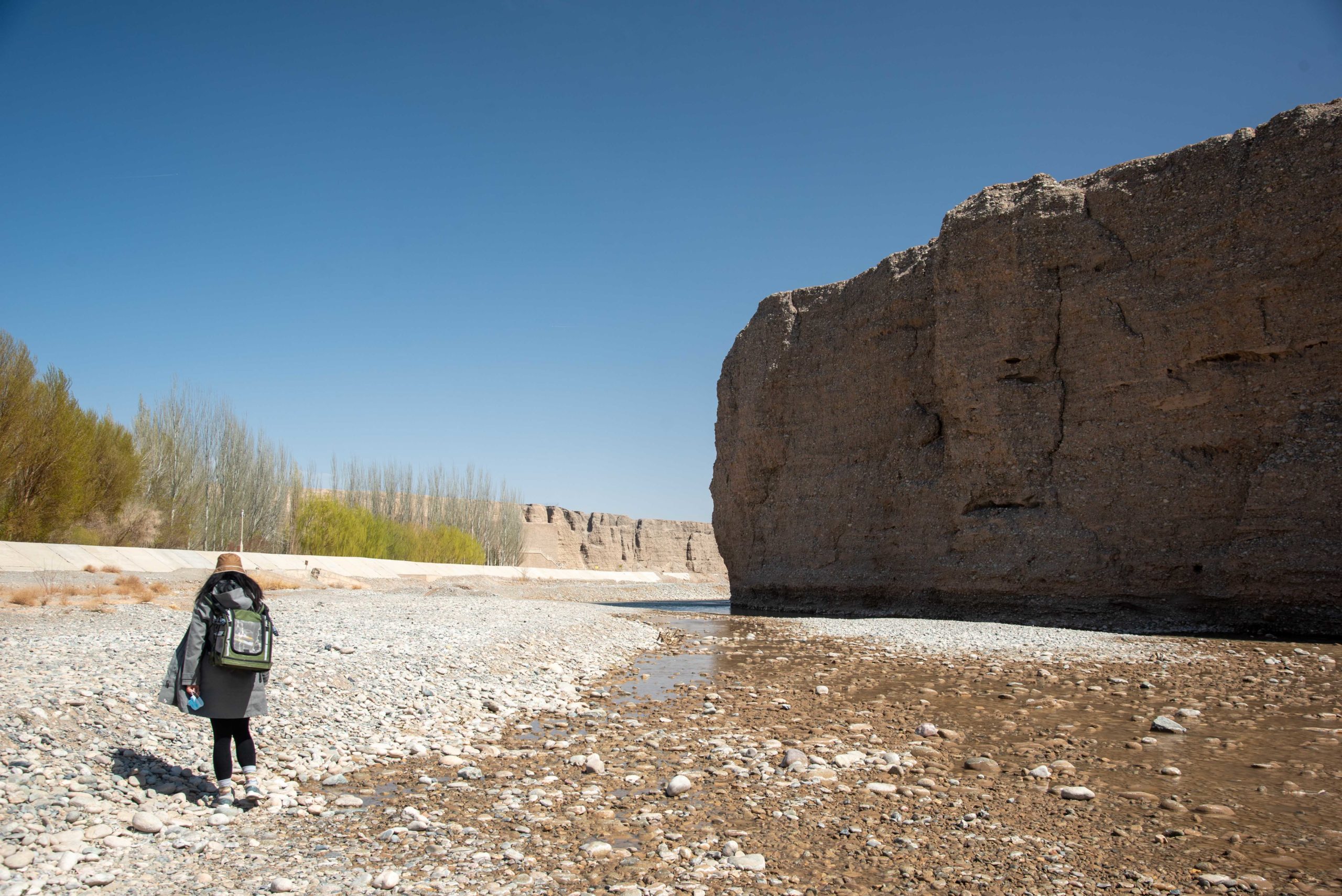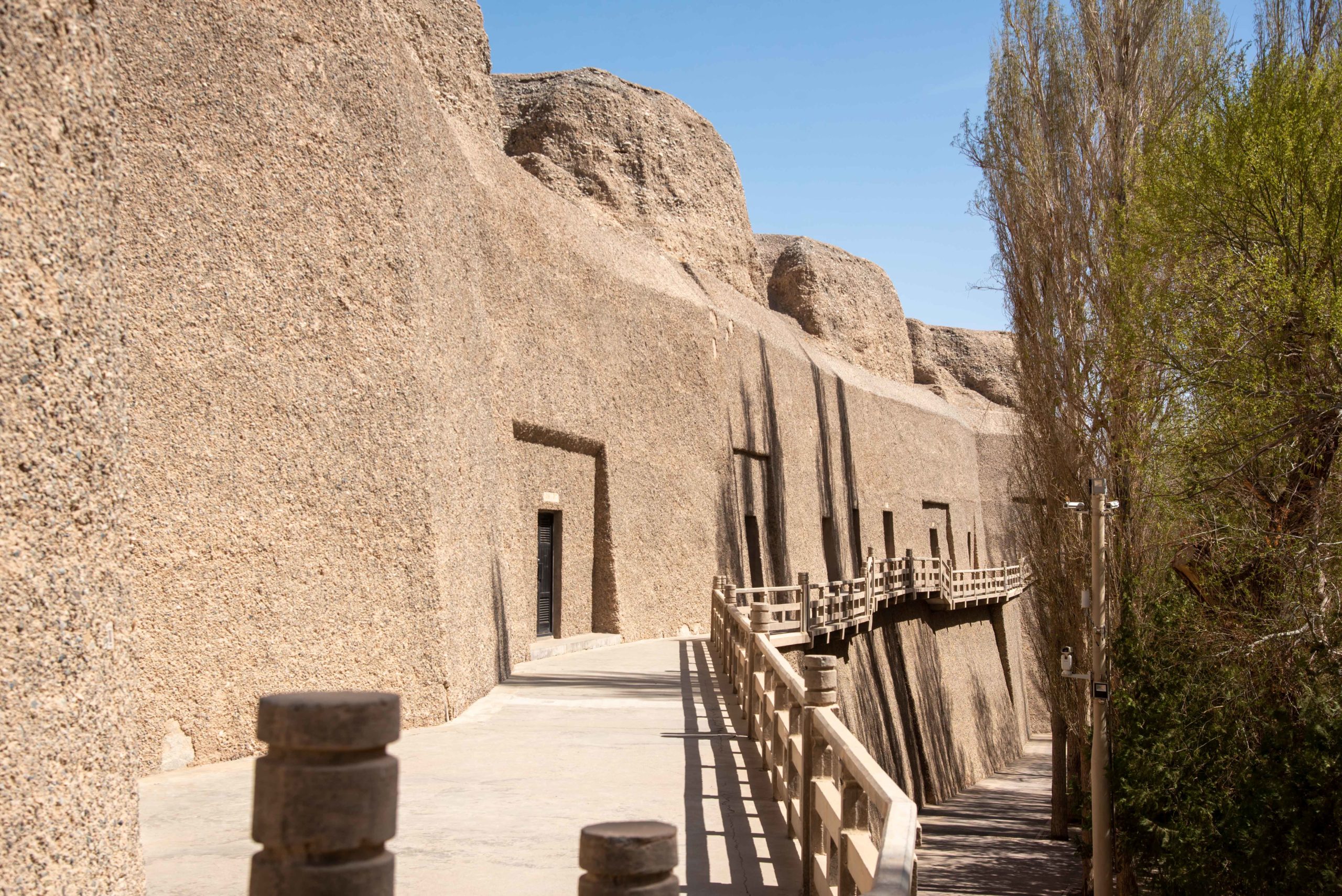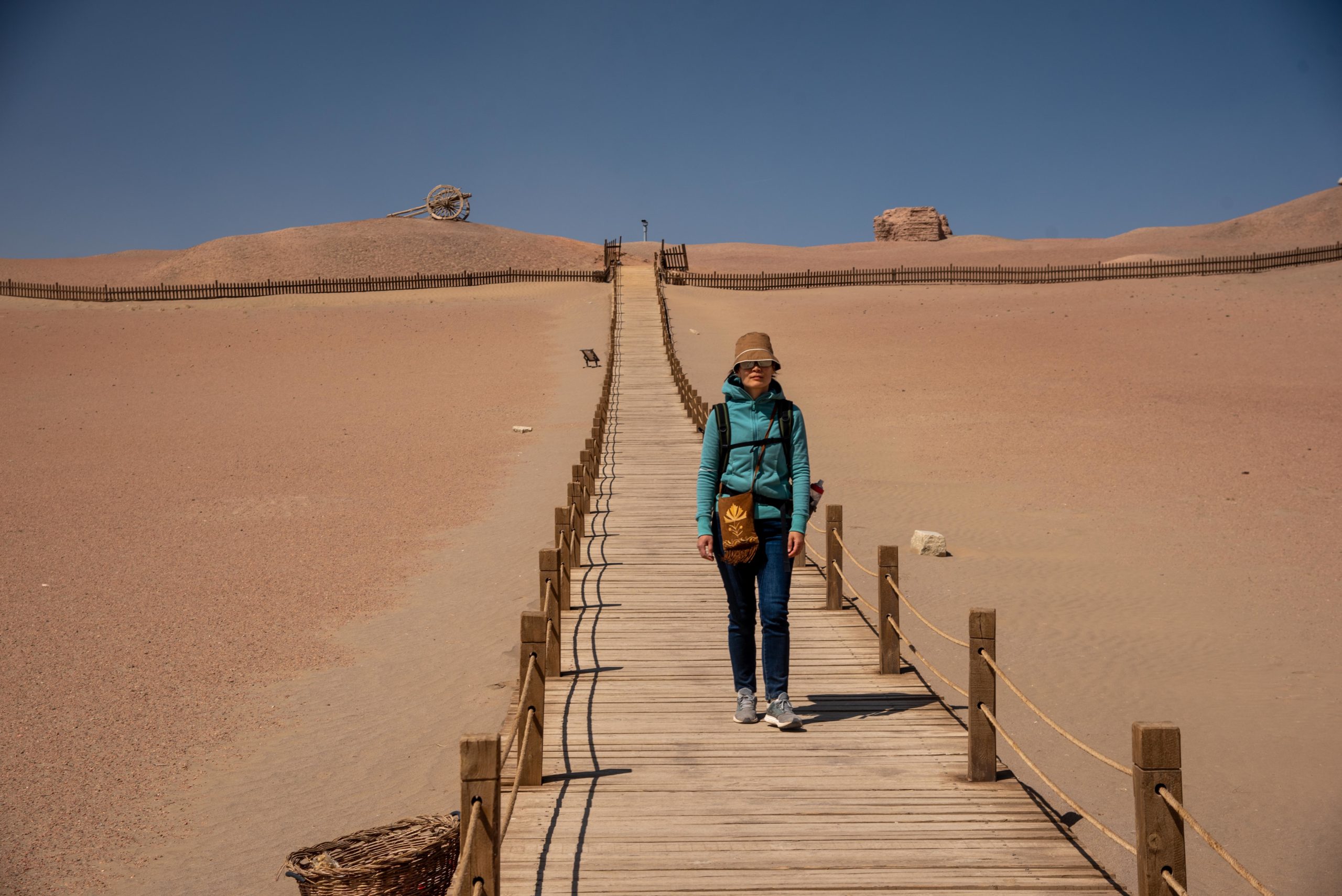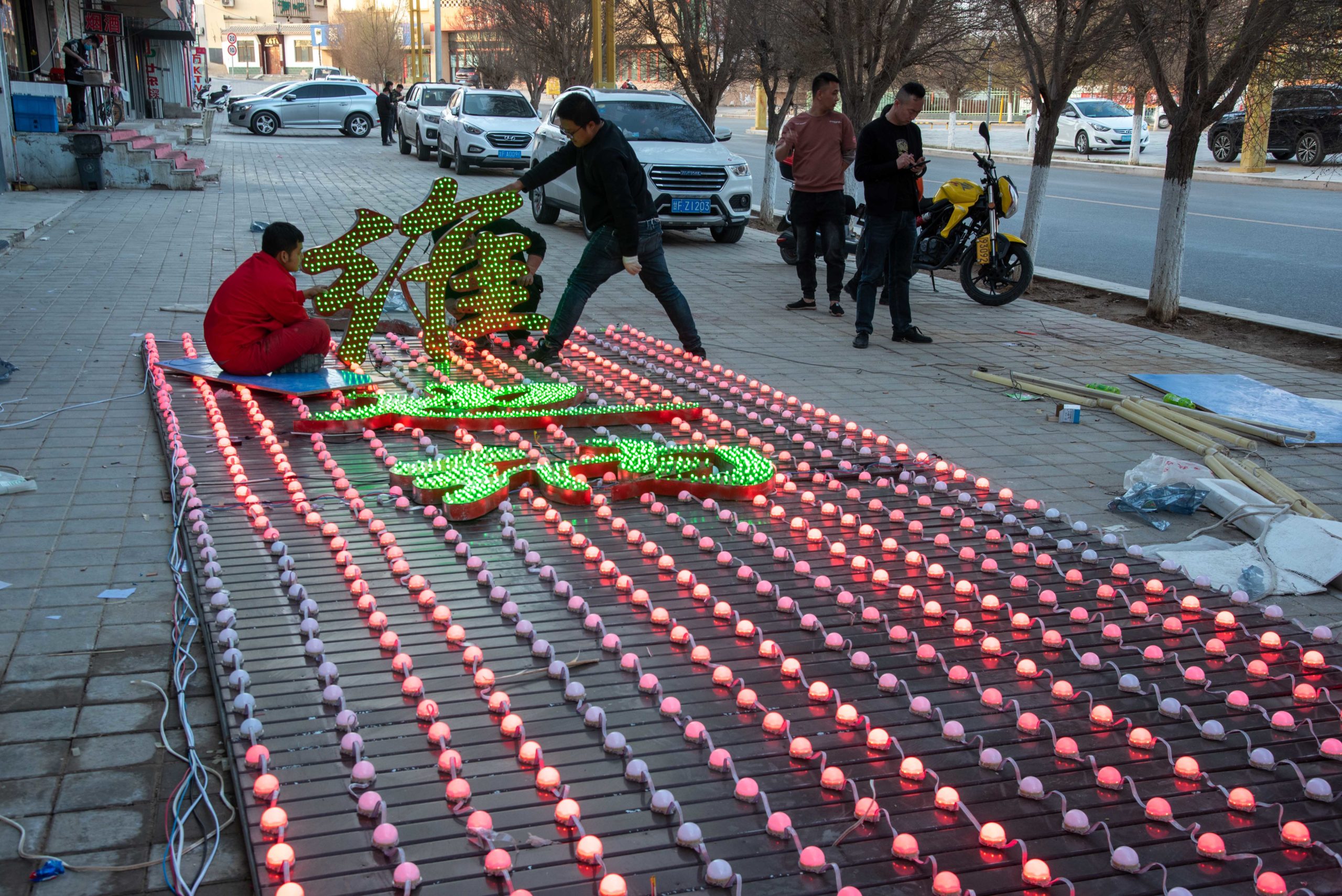
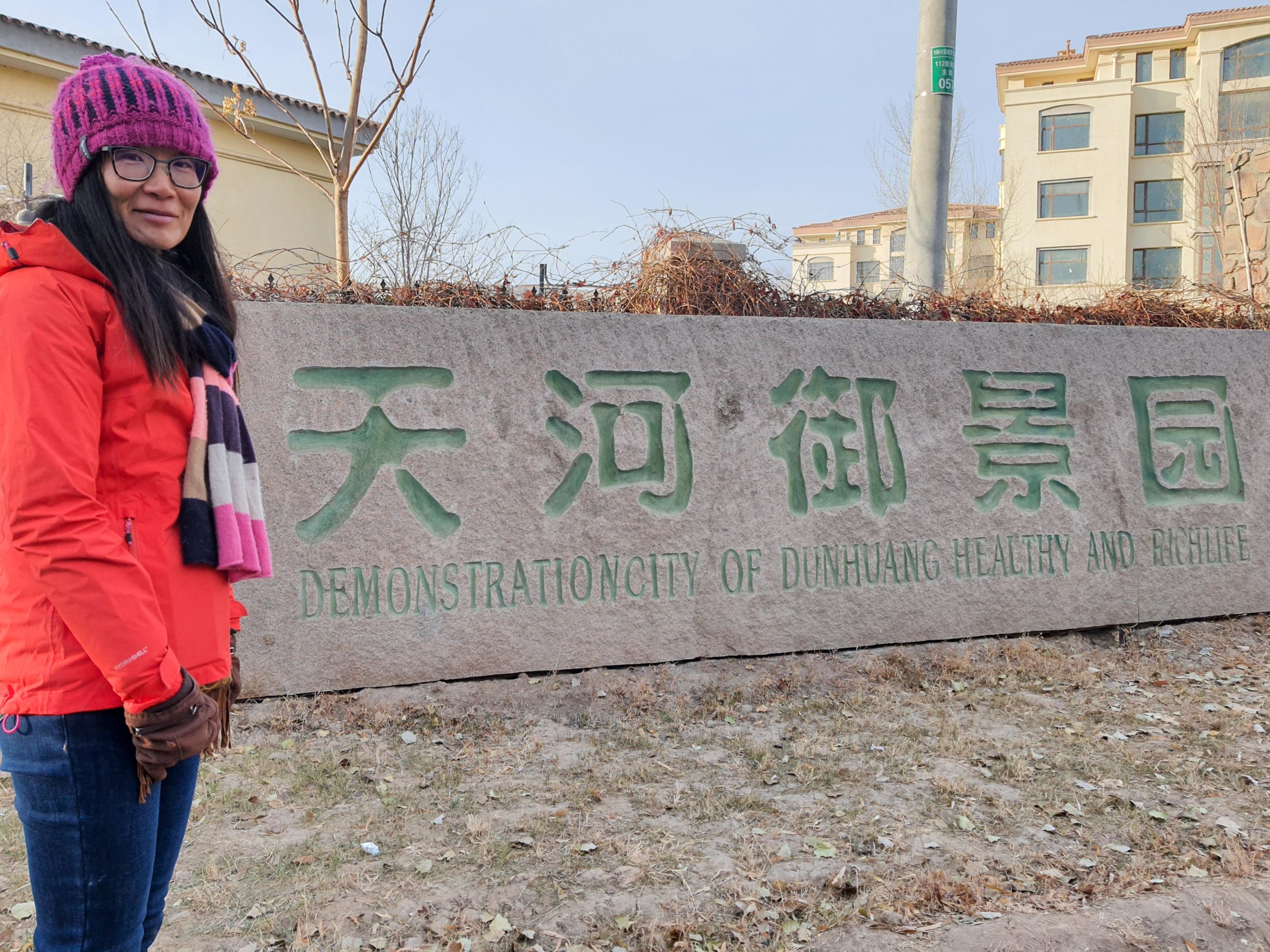
After spending months in Tibet followed by a whirlwind three-week tour in Qinghai over 3,000 kilometres, we were ready to take a long break from travelling and hibernate for the winter. We arrived in Dunhuang (敦煌) in the last month of 2020 and it was very quiet in winter. We were particularly impressed by how warm and cosy our rented apartment and felt that we could relax and enjoy slow life in Dunhuang. Little did we know that we would stay for over four months and spent the driest winter in this tiny historical town amidst the desert.


Situated at the northwestern tip of China, Dunhuang was established in the Han Dynasty in BC 113 as a frontier garrison outpost against the outsiders, Xiongnu (凶奴). It became an important centre of commerce along the southern Silk Road and gateway to Xinjiang (新疆), Mongolia (蒙古), Siberia (西伯利亞) and India (印度). Traders and their caravans used to stop here to rest and stock up before continuing their gruelling journey into the desert. It was also home to one of the three renowned ancient Buddhist caves in China.


Nowadays, Dunhuang is a famous tourist destination and attracts millions of tourists from all over the world to visit the Mogao Caves (莫高窟), the Singing Sand Dunes (鳴沙山) and the Crescent Lake (月牙泉).
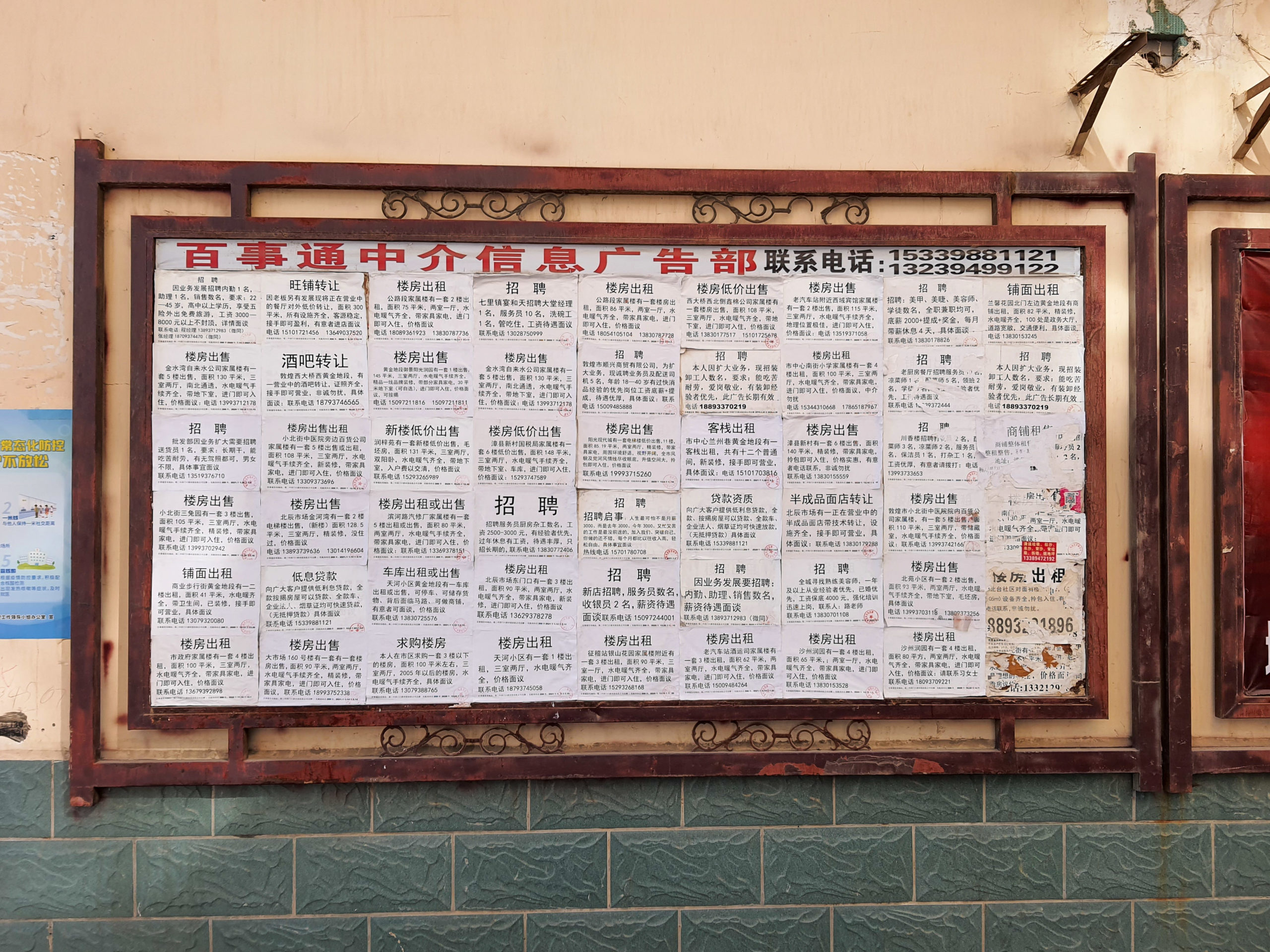
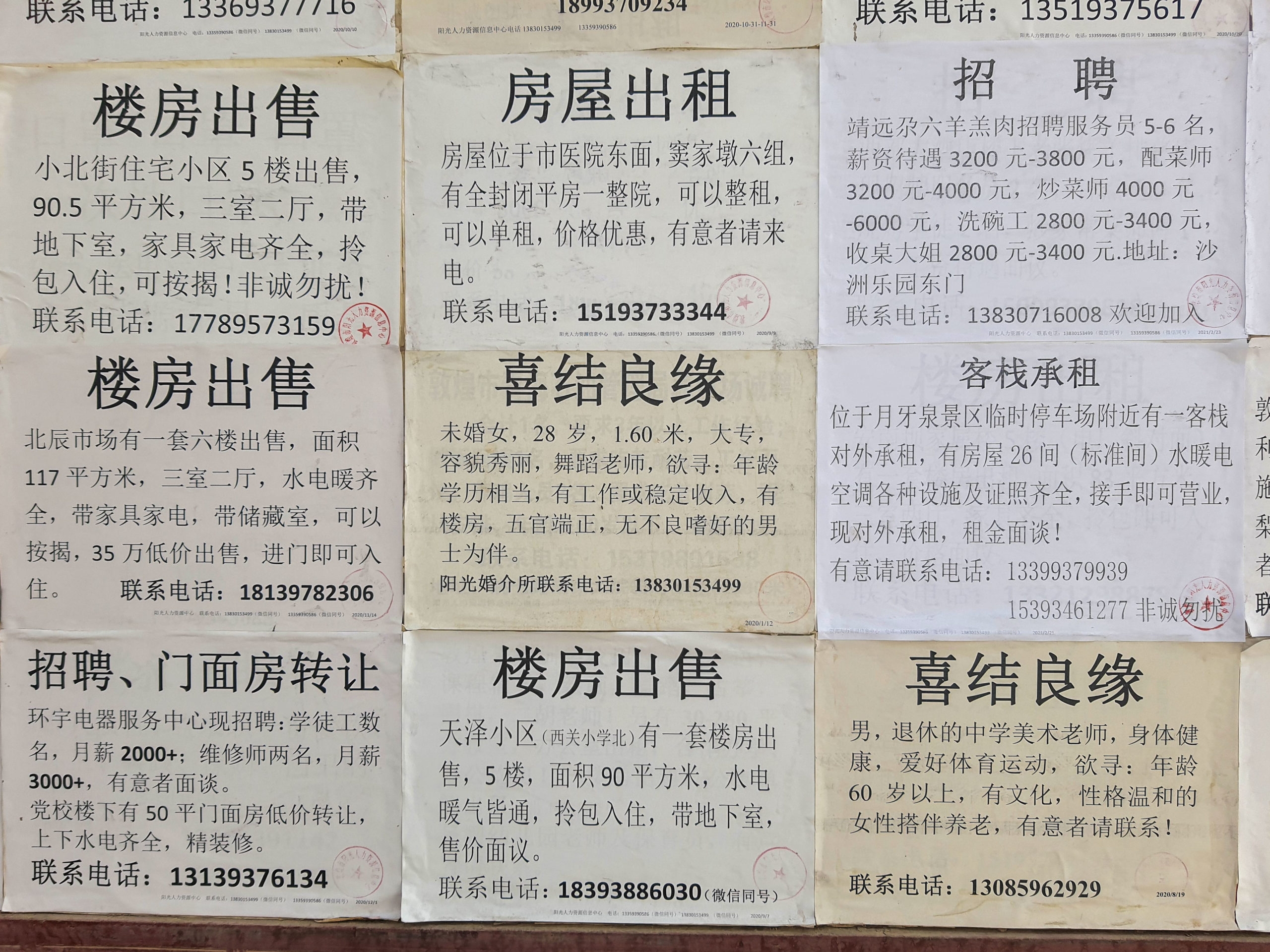
We travelled quite freely in China so far. When we got to Dunhuang, the Chinese New Year was only two months away and we were worried whether the government would tighten the measures again to prevent possible spike of COVID cases due to increased mobility and crowds with many people travelling back to hometowns for the holiday. We soon learned that the government urged people not to travel and stay put (financial incentives were given in some places). So, we decided to stay put in Dunhuang .

Like many living in big cities, I am insensitive to the changing seasons. Our urban lives are protected by the monotonous comfort of modern lifestyles and environment. Apart from changing one’s wardrobe and the odd days of severe weather like short spells of cold weather, heavy rain or typhoon, we are basically indifferent to the elements.

However, in Dunhuang, daily human activities must adapt to the changing temperatures and elements. After two weeks here, we realized that it was impossible for us to go out everyday as the winter chill gave us headache. No wonder there was hardly anyone in the street and the sidewalks of both sides of the River Dang (黨河) were deserted. The river was drained and left with small puddles of icy patches.



The locals only came out and played mahjong or chess when it was sunny. We went out only twice a week to have lunch and buy food. We had to walk home before sunset or would take a taxi home when it was too cold (a short ride for RMB 7). We experienced suspended water supply in our apartment a few times which was very common as the cold weather often caused burst pipes.



We literally hibernated and spent much time at our apartment. It was perfect for us as we were happy to catch up with lots of reading and quiet time with our furry children. We also got back into our yoga routine.



Apartments here are well insulated for the severe winter. There is centralized floor heating provided by the state and the locals pay a fixed annual fee for it. Our landlord advised us to turn on the hot air-conditioning to supplement the floor heating as he said the central heating this year was insufficient. It was so pleasant and much warmer indoor than in the southern parts of China and Hong Kong since most apartments there do not have indoor heating. The only down side was that we had to apply loads of moisturizer as our skin got so dry and our feet were rougher than sandpaper.


It was lovely to see the subtle changes and transformation of the town throughout the few months we were in Dunhuang. In December and January, many restaurants and hotels were closed and most of the stalls in the night market were empty. As the Chinese New Year approached and the winter holiday commenced, the town became livelier with many youngsters out and about. We were no longer the only customers at our favourite coffee shop as the teenagers would fill up the place. Some temporary stalls were set up in the night market selling auspicious writings. People gathered around and we watched the calligraphy writing in action and smelled the ink.
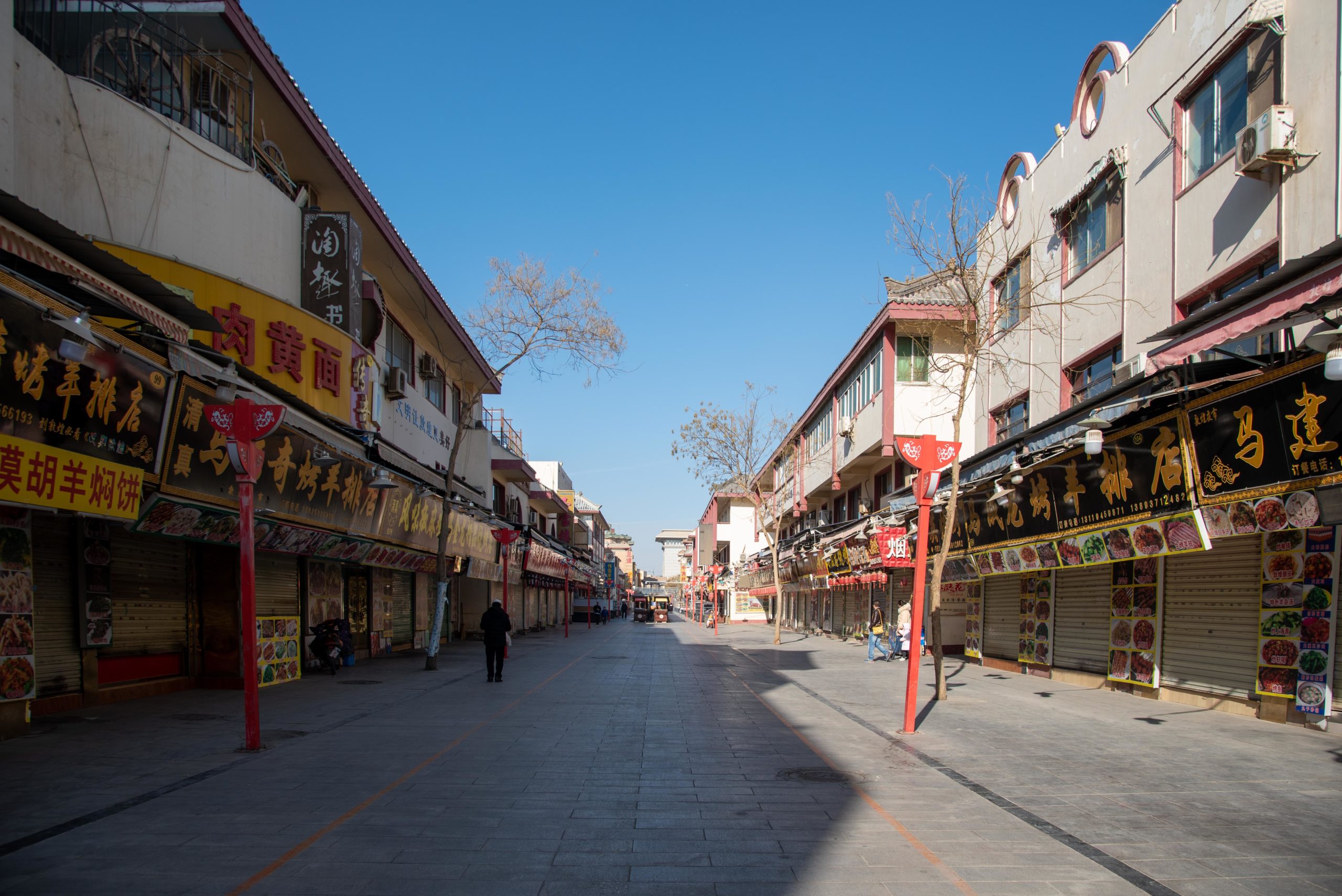


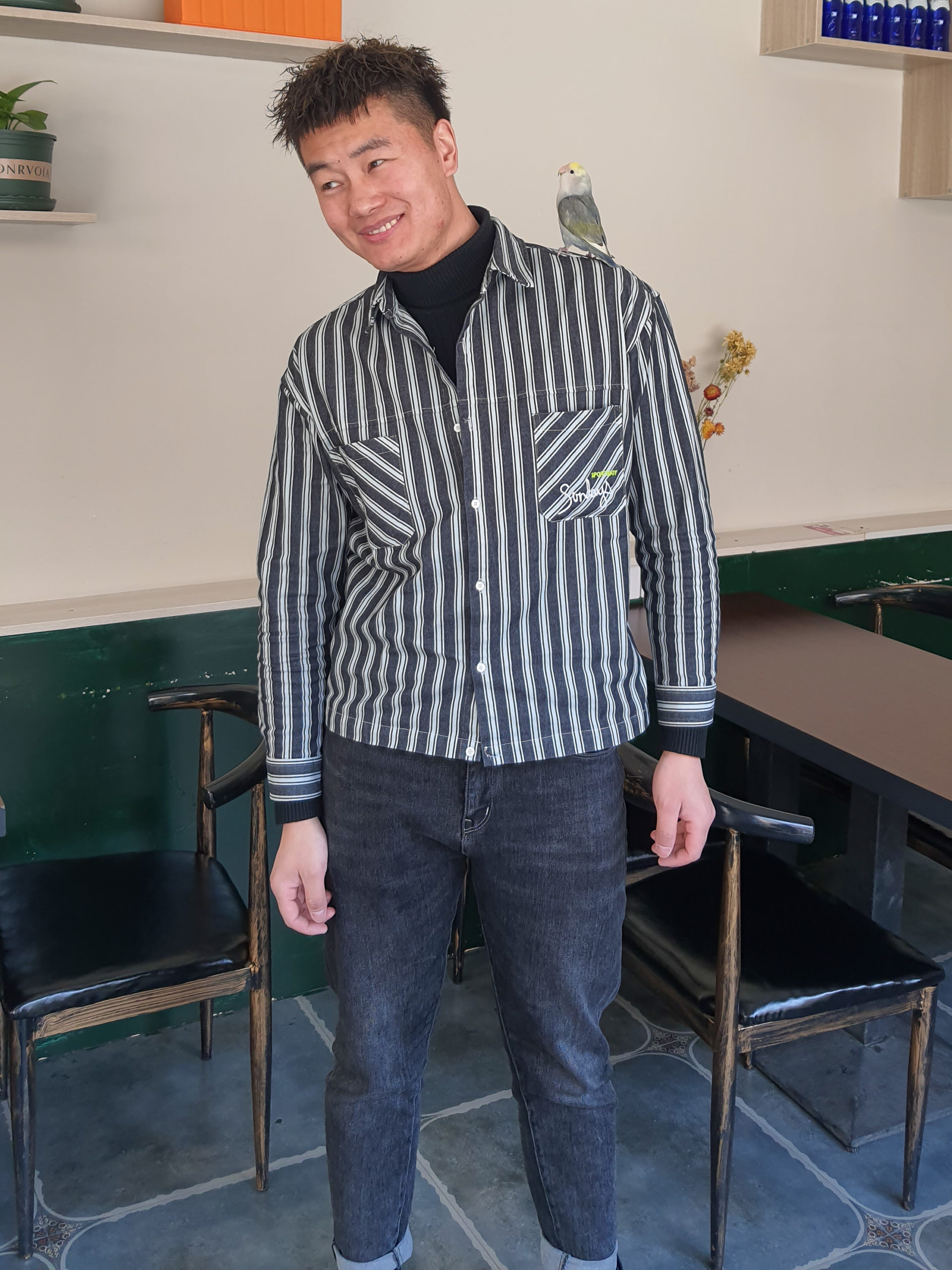
On the night of Chinese New Year’s Eve, the whole sky was lit up with non-stop fireworks all over town till midnight. It was exciting to see fireworks up close and my heart raced excitedly hearing the bang and whistle of the colourful firework. We did not get much sleep as firecrackers downstairs woke us up at 6 am. I did not mind it at all as this is how Chinese New Year should be!




From the Chinese New Year’s Day onward, the night market area was completely transformed into a big playground with different kinds of game stalls and street food stalls. We saw many children holding a bag of goldfishes won from the hoopla games. After weeks of peace and quiet, we were both overwhelmed and overjoyed to see so many smiling faces and families enjoying the festivities. Many stores put out neat piles of gift boxes on the pavement ranging from cooking oil, eggs, milk, to yoghurt drinks and alcohol. People always bring gifts when they visit families and friends in Chinese New Year.

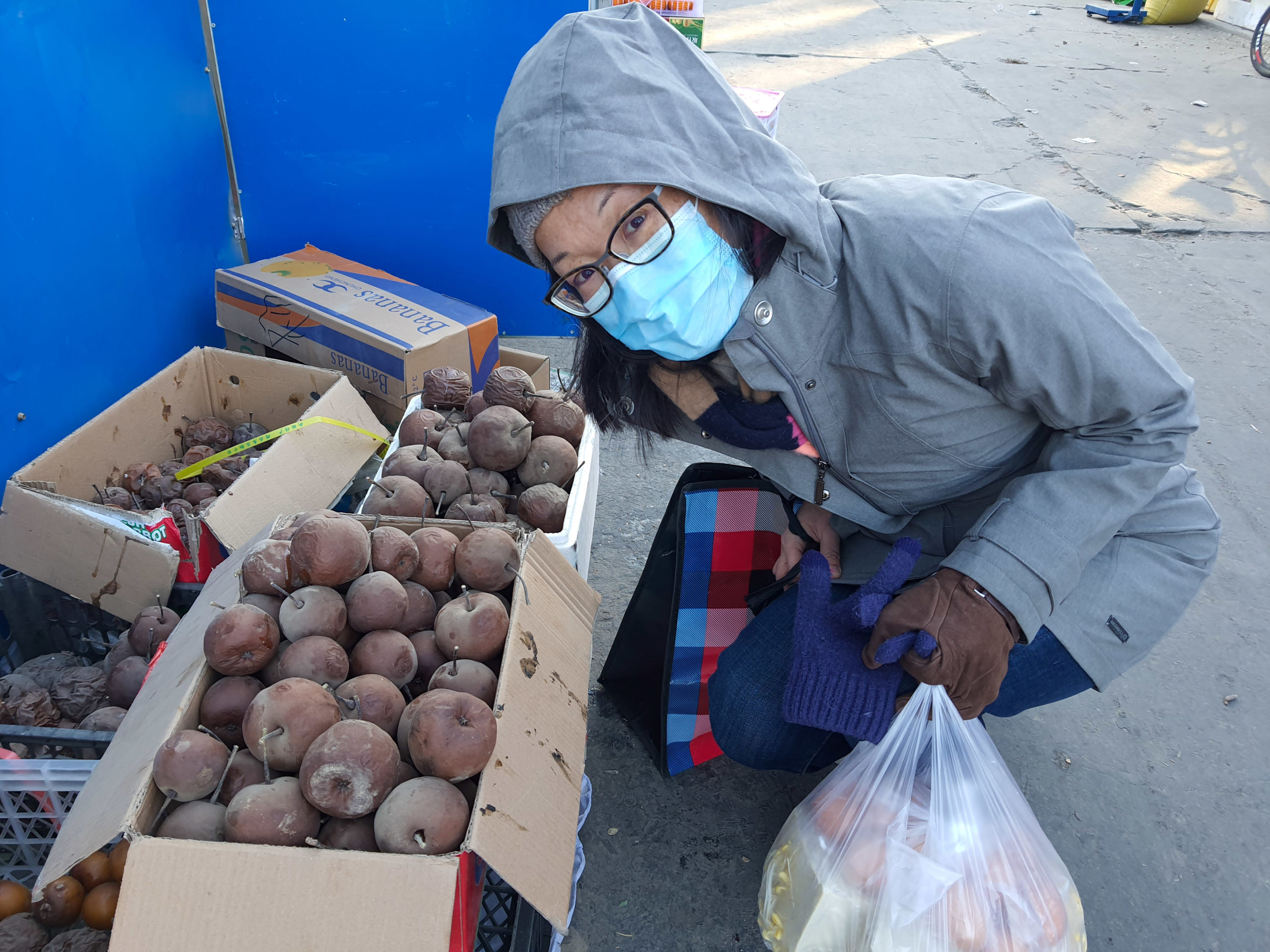


From mid February, the winter chill slowly gave way to more bearable temperature range. It was still cold at night and in the morning from -5 to -10 degree Celsius. But when the sun was out, it was pleasant and we saw more people going for a stroll along the river. Mothers or grandparents played with their young children or grandchildren outside. The dancing groups emerged in the town square and parks. We resumed our daily walk to town.



The town sprang back to life again as we saw the barren trees started budding and turning greener each time we went out. By the end of February, water was let back into the river and I spotted flower buds in the shrubs along the river that were ready to bloom soon. I love spotting all these slight changes in nature each time we walked to town – everything was waking up after a long hibernation.

In Dunhuang (敦煌), one cannot take the weather for granted. We had plenty of blue sky and sunshine in cold winter. But as spring approached, we saw much less blue sky and more clouds and gusty wind. In March, we experienced China’s most severe sandstorm in a decade and we had to stay home for three executive days. We could barely see the other buildings in front of us amidst the sea of yellowish brown dust. A film of sand covered every single surface in our apartment and I could literally smell the sand. Kin had headache and I runny nose. The weather became unpredictable and changed by the hour. We woke up to a calm morning only to find the wind started picking up before lunch and the trees swaying like heavy-metal singers and we could hear the wind roaring.


By mid March, we saw more tourists and big tourist coaches in town. More shops and hotels re-opened and it reminded us that the peak season was approaching. It was time for us to plan our next destination and hit the road soon as Dunhuang would be packed with people and cars by end of April.
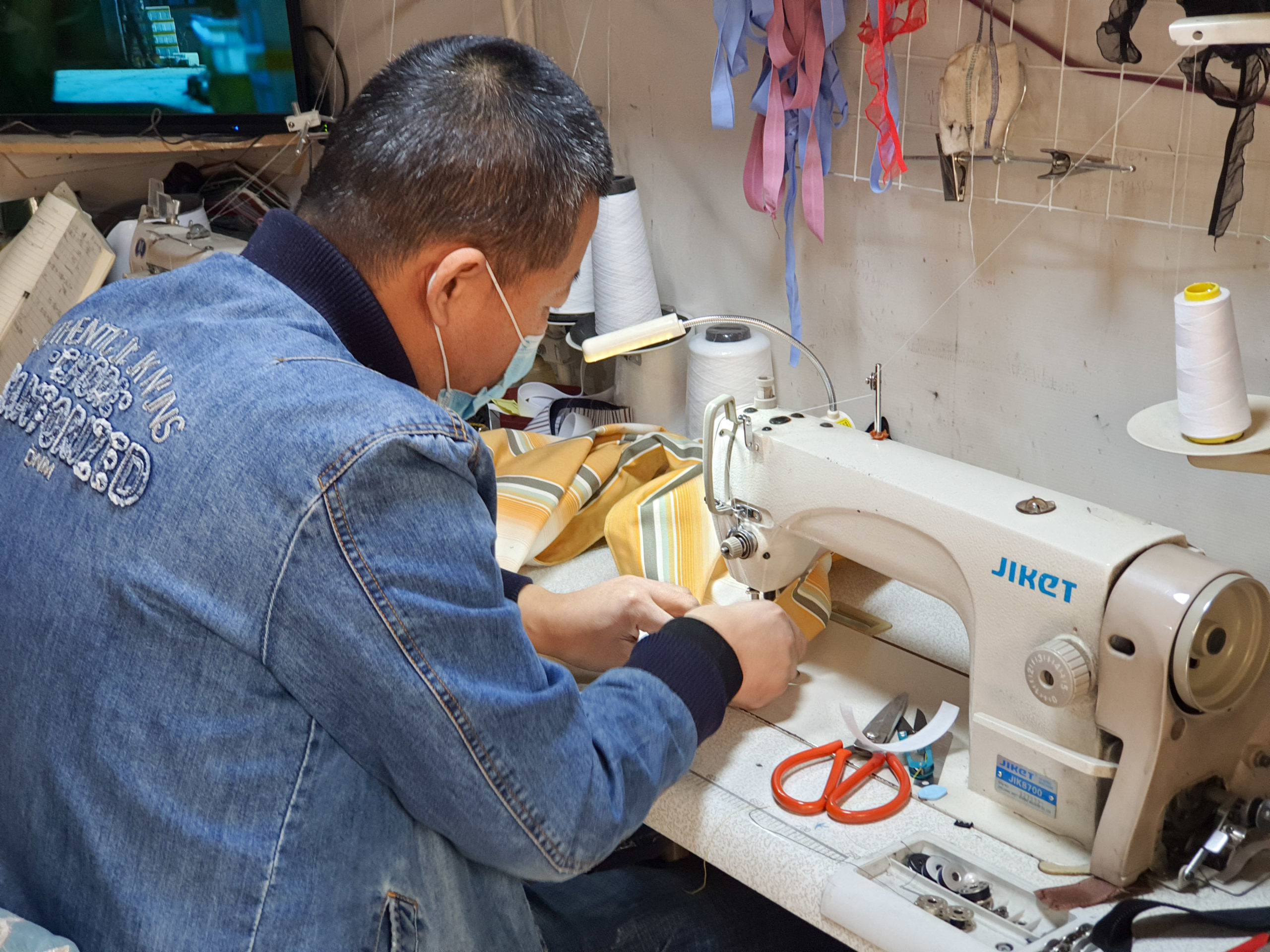



We took advantage of our break in Dunhuang to improve our van and get ready for the next leg of our journey. Our landlord referred his schoolmate’s repair shop to fix the scratch and dent on the side door of our van. We first thought that it would only take two or three days to get it done. In the end, it took much longer as it was too windy and dusty and had to wait for the wind to calm down before doing the re-painting. All in all, it made us realize the impact of the changing weather and environment on the locals.


We did not see the famous Mogao Caves (莫高窟) until March when it got warmer. We booked the very last day of the off-peak season and enjoyed half price admission (RMB140 per person). Luckily, we were blessed with blue sky and mild weather since both the day before and the day after our visit were cloudy and windy. Tickets for the Mogao Caves in the summer peak season are much sought after and one may not get it even with advance on-line reservation.


Legend has it that a Buddhist monk Yuezun (樂尊) had a vision of a thousand buddhas bathed in golden light and inspired him to dig the first cave in 366 AD. Over the next thousand years, many caves were built and so far over 600 caves (or grottoes) were found. The visit included watching a short video about the history and a virtual tour in a dome-shaped theatre followed by a guided tour. We saw 12 caves and the murals and stucco sculptures are breathtaking. The cave paintings are not simply religious painting but also depict the way of life. It was fascinating to see how the artistic style evolved and changed with the influence of different dynasties and cultures outside China.


The cave paintings illustrate how Dunhuang in ancient times was a melting pot of traders and people from the East and West; how the trade routes linked China, Central Asia and Europe for centuries. Unfortunately, the paintings were damaged not only by the Cultural Revolution and natural wear and tear over 1,650 years; it was also marred by the relatively unrefined re-painting in the Qing period and first half of the twentieth century before proper and professional preservation knowledge and techniques were used to safeguard the integrity and beauty of the art.

We also visited the Western Thousand Buddha Caves (西千佛洞) which are part of the Mogao Caves west of the River Dang (黨河). It was more down to earth as there were no big tourist groups but only a few individual tourists like ourselves. There were no massive car parks filled with big coaches nor formal introductory films to watch. We saw four caves and then walked along the old paths along the riverbank.

We drove 63 kilometres southwest of Dunhuang to see Yangguan Pass (陽關), a strategic outpost along the Silk Road. It was the last stop before travellers left China proper in old days. It was mentioned in a famous Chinese poetry of the Tang Dynasty and often signifies sad parting with the friends and loved ones (“West of Yangguan Pass no old friends will be in sight” 西出陽關無古人). At its museum, we learned the origin of the Chinese word “關照” which means favour. As the Silk Road journey was so hazardous that people would buy a permit(照) at the Pass(關) so that they could enter the fortress to get support. Hence, the original Chinese meaning of “favour” is in fact the support one got from the outpost’s permit.



On our way to Yangguan Pass (陽關), we discovered the PetroChina base (中國石油基地), a huge residential community for their staff and the families about 10 kilometres west of Dunhuang. It is so huge that there is a main street, a piazza, school, public swimming pool, hotel (Petroleum Hotel) and shopping mall. It was nice to stroll around, as there were no tourists. We spent a few pleasant afternoons exploring the market and sat among the locals in the piazza to listen to live music and watched small children playing and running around.

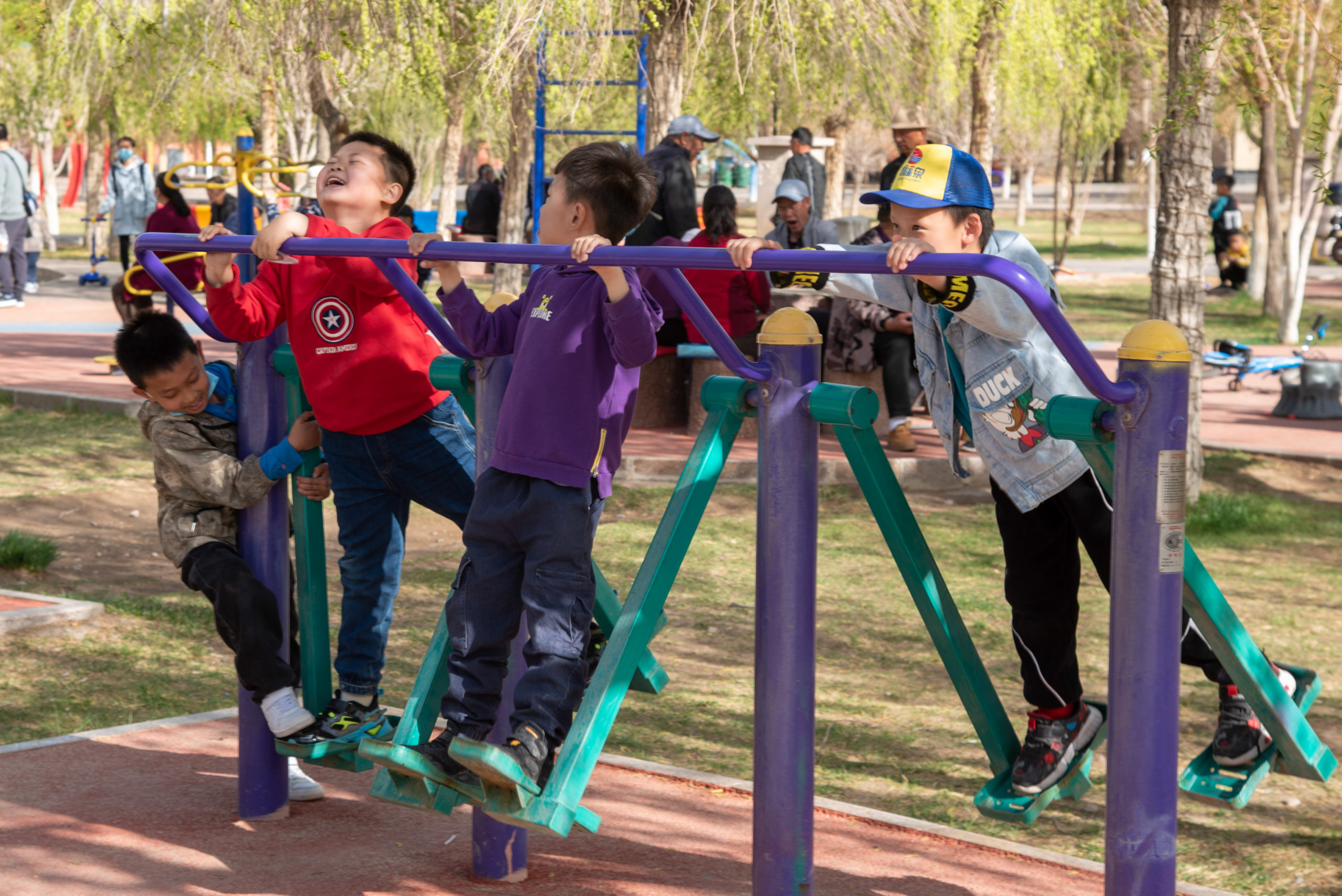
As we saw more and more tourists in Dunhuang and the 1 May Golden Holiday just around the corner, we left on 19 April and headed east along the Hexi Corridor (河西走廊) which lies west of the Yellow River and an important route for traders to both the Western Region and Central Asia.
Date:2 Dec 2020 – 19 Apr 2021


